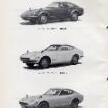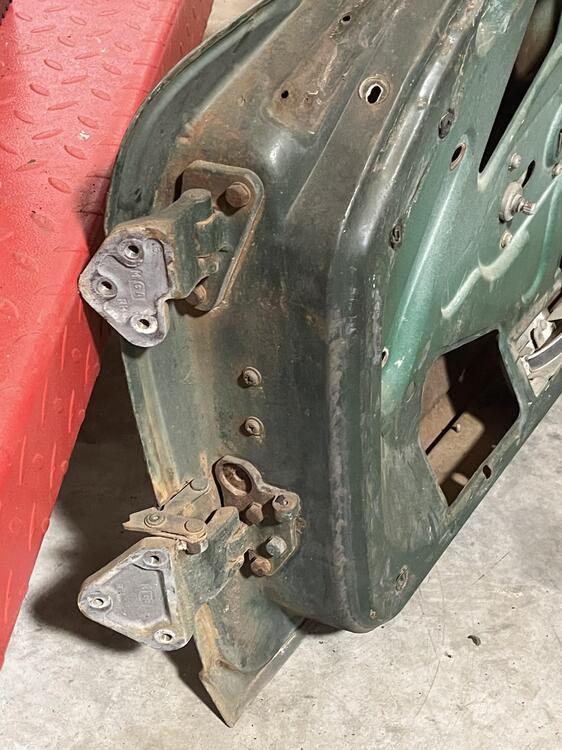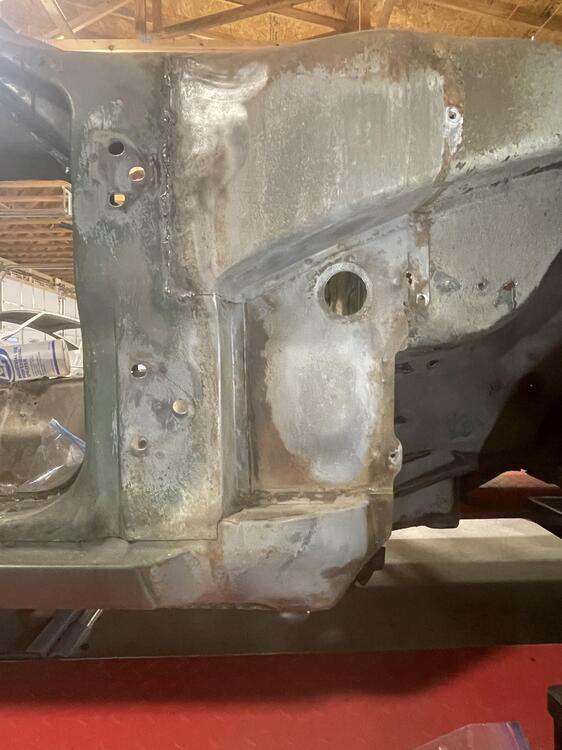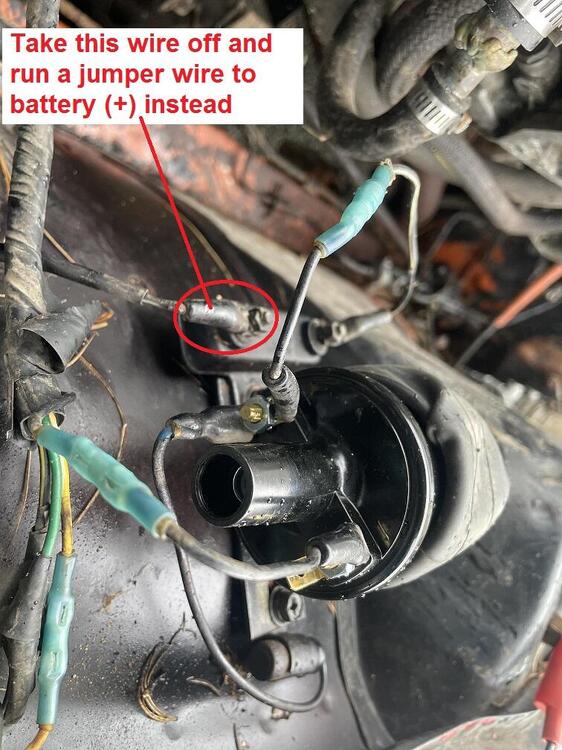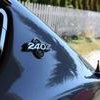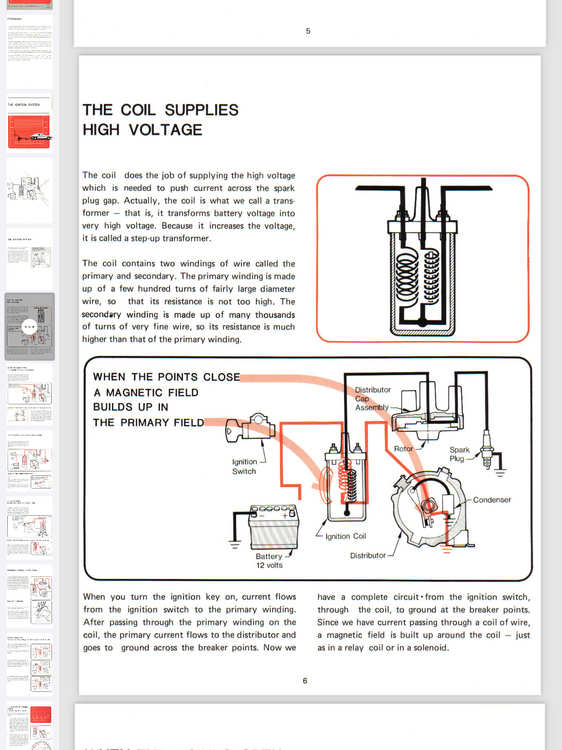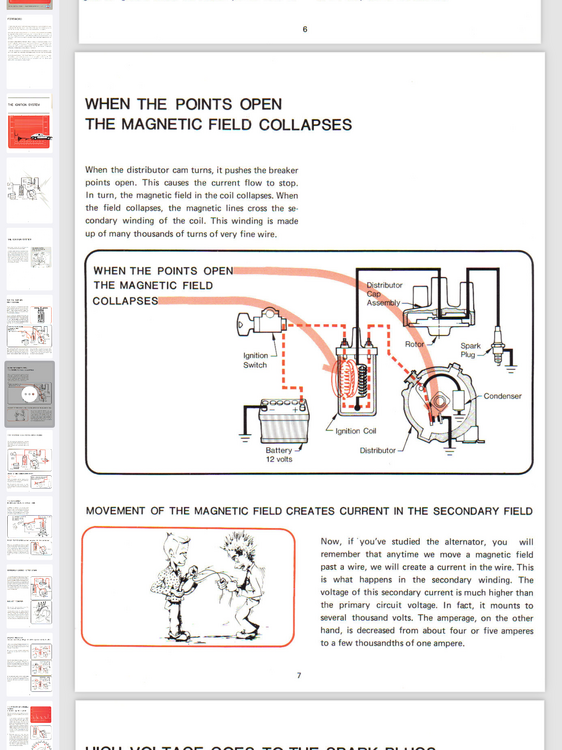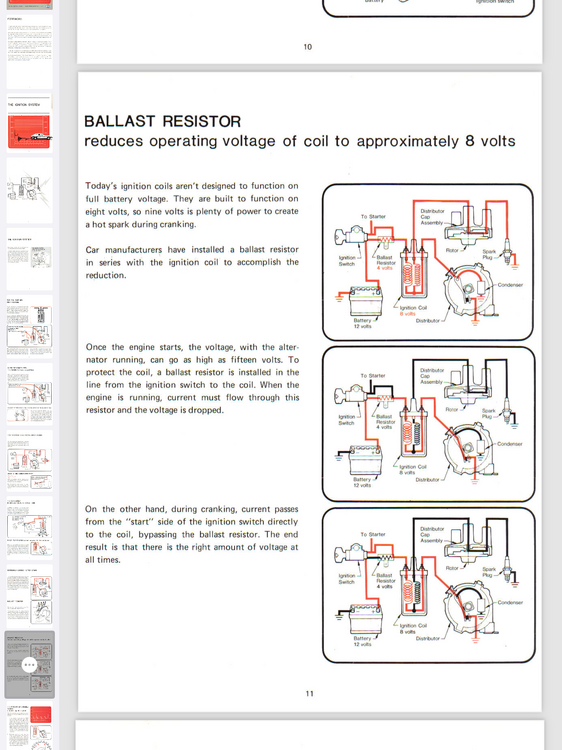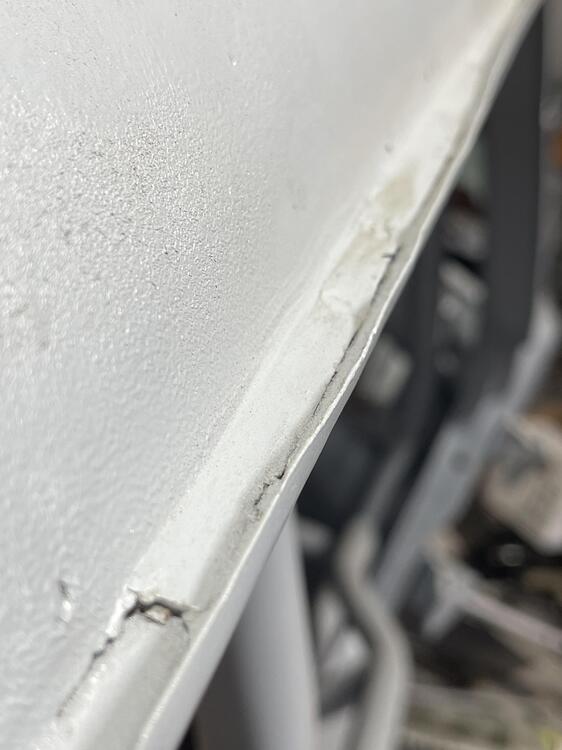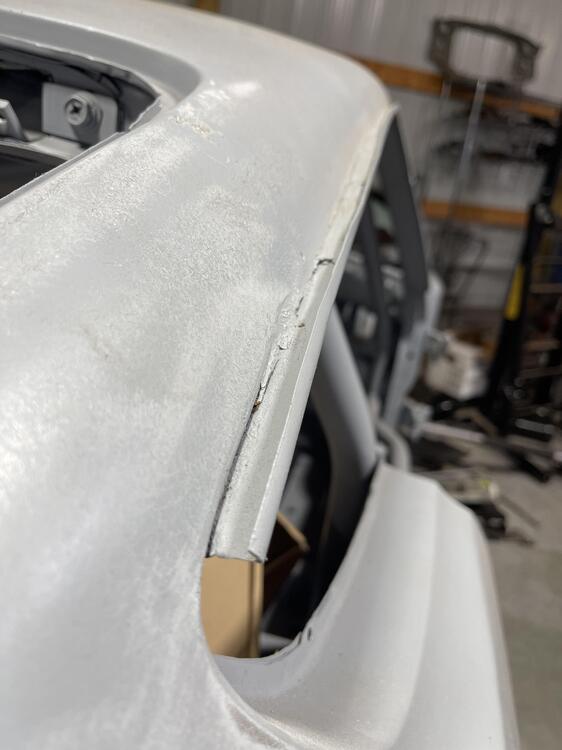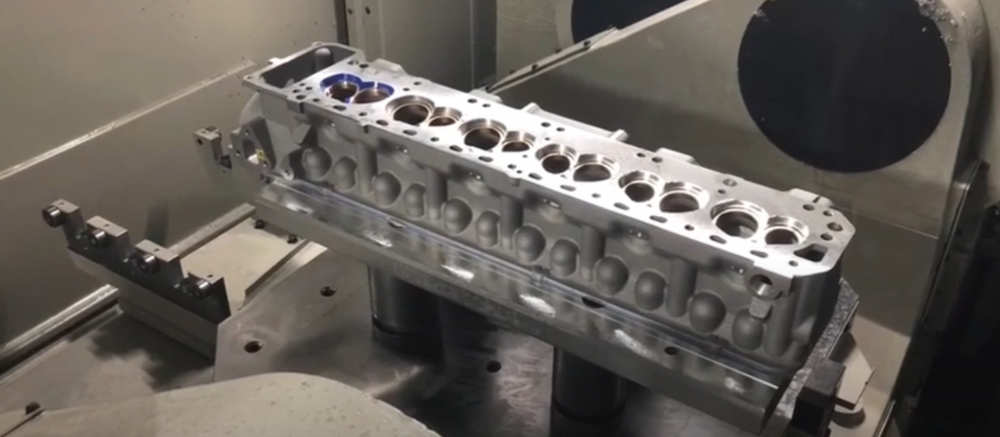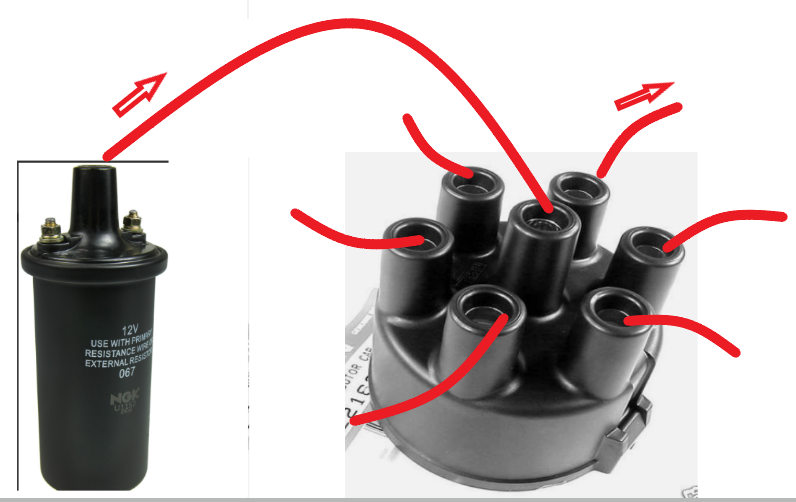Here's the translated text from their page.
:Let's create your ideal L-shaped tuned head using today's latest technology.
At the beginning of 2021, such a project suddenly started.
The L-type 6-cylinder engine has been loved both domestically and internationally for about 50 years. Throughout its long history to this day, there are many wonderful tuning menus that can be said to be the fruit of the wisdom left behind by our predecessors. The standard L6 with its turnflow and 2-valve design is a low-power engine that cannot be said to be suitable for a sports car, but once it is tuned, it transforms into a different engine that pumps out over 100 to 120 PS per liter. It has hidden potential.
However, in order to achieve the ultimate L-type mechanical tune, several hurdles had to be overcome. I think it's safe to say that the two things that we found most problematic were the shaping part after argon welding was applied to the combustion chamber, and the port polishing that expanded the capacity to the maximum.
They have the risk of thermal distortion of the head body due to argon welding to the combustion chamber, and trouble of penetrating the water jacket during port polishing and enlargement, and there are only a few tuners who can complete the process, and it takes years to complete the process. There was also the problem that it required a long period of time.
In addition, the number of N42 heads in excellent condition has decreased year by year, making them valuable items, and the fact that it has become difficult to secure bass heads is one reason why the hurdles to tuning have become more difficult.
If so, we would like to achieve the ideal combustion chamber shape and volume from the beginning, as well as the ideal port diameter and shape, while also providing sufficient port wall margin and optimizing the water jacket for cooling. If such a head could be designed and manufactured from scratch, wouldn't it be possible to free yourself from the depression mentioned above?
This delusion, which could be described as a pipe dream, was just a pipe dream until the L Head project members gathered together.
Here, we will briefly introduce the key points from the inception of the project to the completion of the head, and we hope that you will warmly watch over us as this grand delusion takes shape."
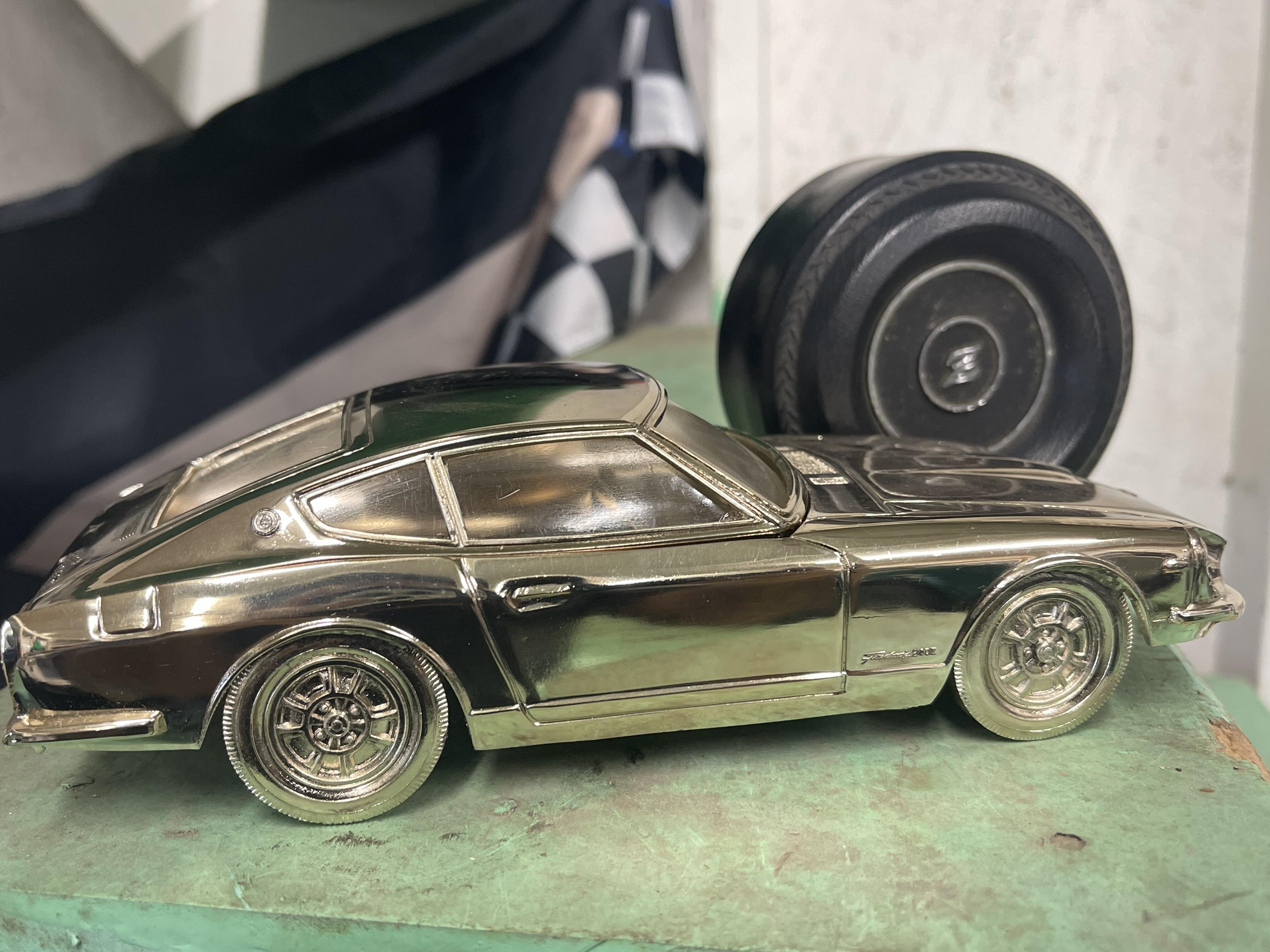
 Subscriber
Subscriber 5Points445Posts
5Points445Posts





